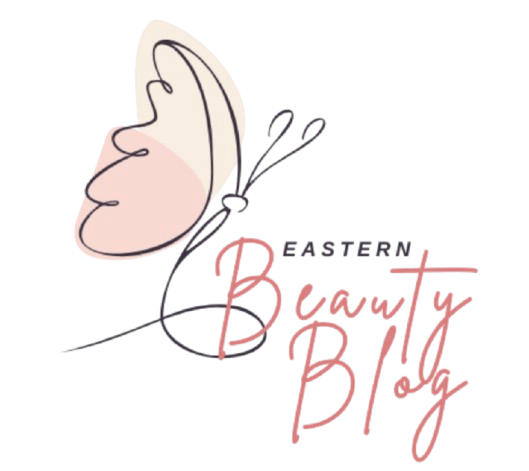Frizz is a universal hair struggle, but for many Asians, it presents a unique challenge.
Despite the stereotype that Asian hair is always sleek and straight, Asian hair textures vary widely—from pin-straight to wavy to even coily.
One common frustration is persistent frizz.
Why Is Frizz a Problem for Asian Hair?
Frizz occurs when the hair cuticle is raised, allowing moisture to enter and swell the strands.
For Asian hair, frizz can be particularly stubborn due to a few key factors:
1. Porosity Differences
Asian hair typically has a lower porosity, meaning the cuticle layer is tightly packed.
However, when exposed to damage from heat styling, bleaching, or harsh weather, the cuticle lifts, making hair more prone to frizz.
2. Thicker Hair Strands
Asian hair is often thicker and more resistant to styling, but when frizz sets in, it can be harder to tame due to the strand’s increased diameter.
This makes flyaways more noticeable, especially in humid conditions.
3. Humidity and Weather Sensitivity
Many Asian countries (and even cities with large Asian populations) have high humidity levels, which can cause hair to absorb excess moisture and puff up.
Even those with naturally straight hair may notice a halo of frizz in humid environments.
4. Chemical and Heat Damage
Frequent bleaching, coloring, and heat styling weaken the hair’s natural barrier, making frizz a bigger issue.
Since Asian hair often requires stronger chemical treatments to achieve lighter colors or hold curls, damage occurs more easily, leading to chronic dryness and frizz.
How to Control and Prevent Frizz
1. Use a Gentle, Sulfate-Free Shampoo
Sulfates strip natural oils from hair, making it dry and prone to frizz.
To maintain moisture, select hydrating, sulfate-free shampoos with argan oil, camellia oil, or glycerin.
2. Deep Condition Regularly
A weekly deep conditioning treatment helps replenish lost moisture and smooth the cuticle.
For intense hydration, look for masks containing keratin, shea butter, or coconut oil.
3. Apply a Lightweight Hair Oil
Hair oils like camellia, argan, or marula oil can help smooth frizz without making the hair greasy.
Apply a few drops to damp or dry hair, focusing on the mid-lengths and ends.
4. Reduce Heat Styling
Excessive heat from flat irons, curling wands, and blow dryers weaken the hair’s structure, leading to more frizz.
If you must use heat, always apply a heat protectant and keep the temperature as low as possible.
5. Sleep on a Silk Pillowcase
Cotton pillowcases create friction that can cause frizz and breakage.
A silk or satin pillowcase helps maintain smoothness overnight.
6. Try the Cold Rinse Method
After washing your hair, finish with a cold water rinse.
This helps seal the cuticle and reduce frizz.
7. Avoid Over-Washing
Washing your hair too frequently strips away natural oils, leading to dryness and frizz.
To maintain freshness, try washing every 2–3 days or using a dry shampoo between washes
Final Thoughts
Frizz may be a common struggle for Asian hair, but it’s completely manageable with the right care routine.
Focusing on hydration, gentle styling, and protective products lets you keep your hair sleek, smooth, and frizz-free—no matter the weather.
Do you struggle with frizz? Share your favorite tips in the comments below!
To stay up-to-date with the latest articles, tips, and news from our blog, consider subscribing to our newsletter!
You’ll receive regular updates delivered straight to your inbox, making it easy to keep in touch with all things related to our content.






